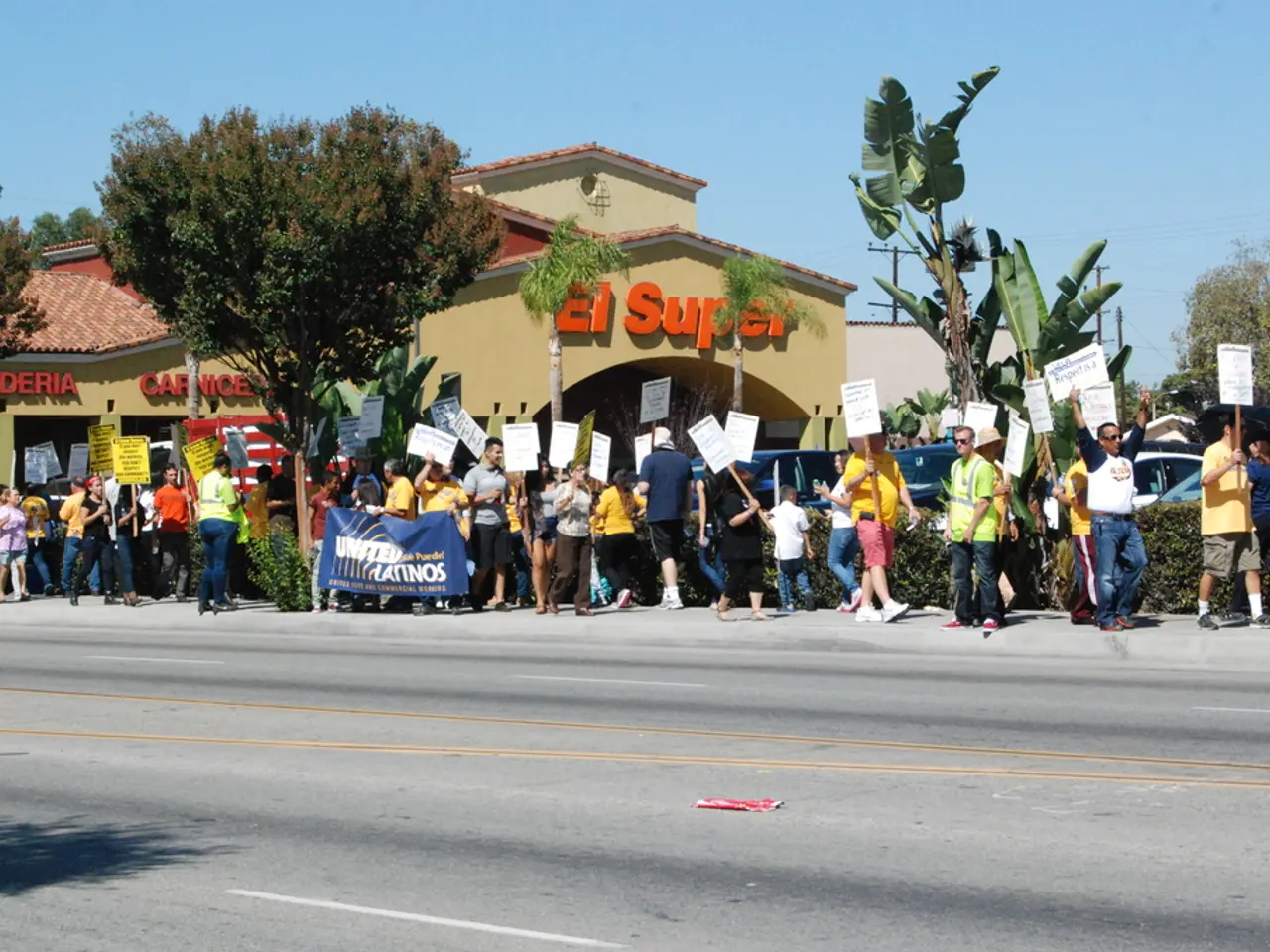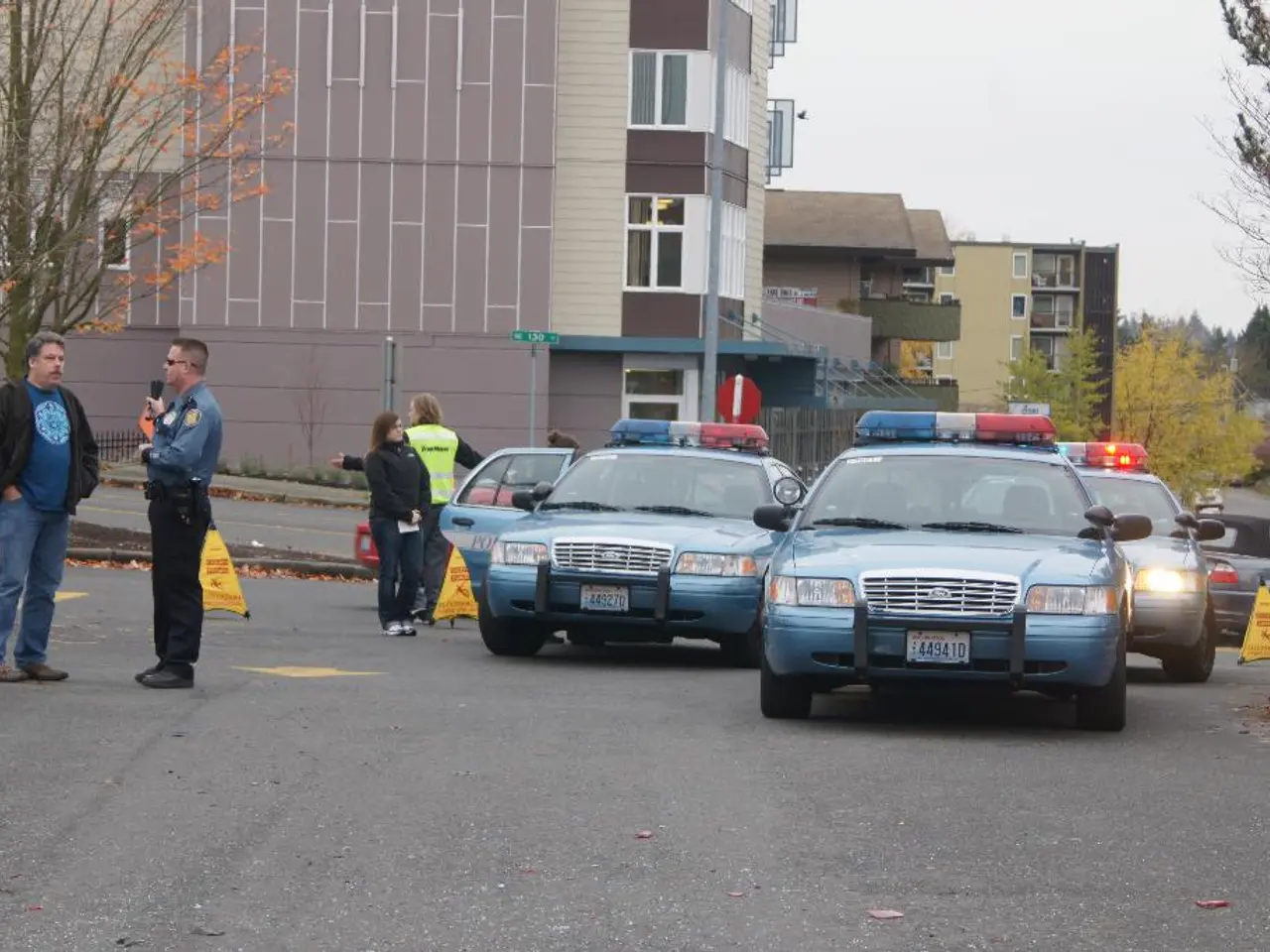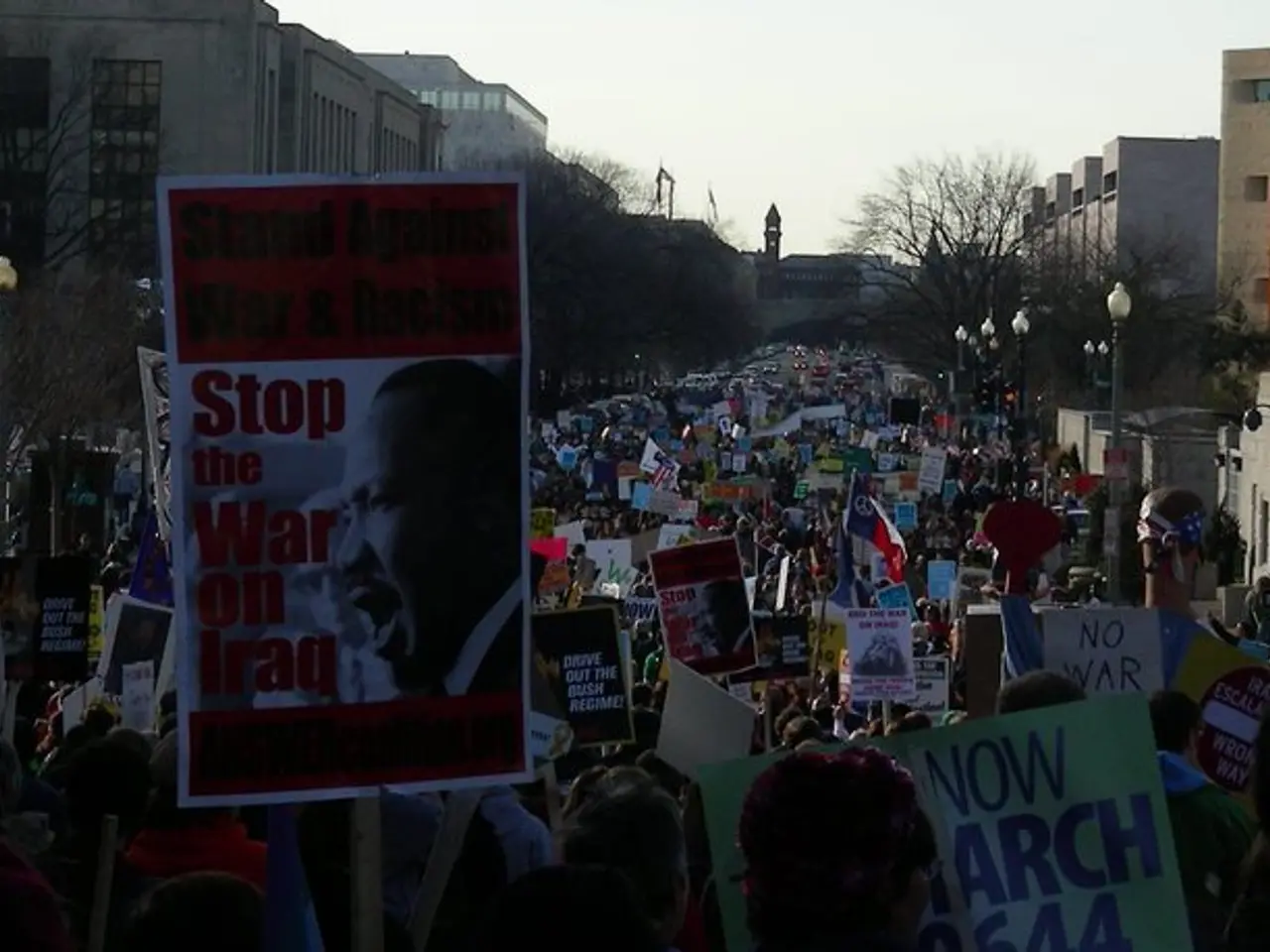Lawful Strategy for Community Management: Managing Legal Guidelines skillfully
Community Organizing and Public Interest Law: A Powerful Duo Advancing Social Justice
Community organizing has emerged as a potent force in shaping the landscape of social change, influencing legislative agendas and driving policy reforms that foster a more equitable and just society. One of the most notable examples of this is the intersection of community organizing and public interest law.
Throughout history, key movements have showcased the power of this union. The Civil Rights Movement of the 1960s, for instance, highlighted the role of community organizing in challenging systemic oppression through legal frameworks and advocacy. Fast forward to the present day, and the LGBTQ+ Rights Movement, Criminal Justice Reform Movement, and the Tenants' Rights Movement in New York City are further testaments to the impact of this partnership.
Public interest law and community organizing have often synergized, with legal strategies enforcing and expanding substantive rights while community organizing mobilizes affected populations to advocate for systemic changes. This collaboration has led to landmark legislative changes such as the National Labor Relations Act, the Fair Housing Act, and the Voting Rights Act.
The formation of advocacy legal organizations focused on marginalized groups, like Lambda Legal, has been instrumental in this intersection. These organizations use impact litigation, education, and public policy advocacy to advance civil rights for the communities they serve. Key Supreme Court decisions, such as those regarding the Exclusionary Rule and Rights to Counsel, have also set precedents ensuring fair trial rights, empowering defense lawyers and public interest attorneys to use litigation alongside community advocacy.
Moreover, legislative and judicial developments, such as the Americans with Disabilities Act and the Farmland Protection Policy Act, have established protections and procedural rights, reflecting how statutory frameworks have bolstered community-based legal claims and organizing around rights to services and accommodations.
Successful campaigns often highlight specific community needs or injustices, compelling legislators to address these issues. Effective community organizing involves building trust and relationships among community members, facilitating open dialogue and collective action. Utilizing clear communication channels is vital to ensure that all members are informed and involved in community organizing efforts.
Digital platforms are facilitating grassroots mobilization, enabling organizers to reach wider audiences swiftly and enhancing collective action. Forming coalitions with like-minded organizations amplifies the collective impact of community organizing efforts, providing essential resources, expertise, and broader networks. Workshops and training sessions can empower individuals with skills and knowledge relevant to public interest law.
Grassroots outreach is essential for community organizing, involving listening to community concerns, identifying leaders, and mobilizing participants to create a sense of ownership and investment. Constitutional protections, primarily that of the First Amendment, safeguard freedom of speech, assembly, and petition, enabling community organizers to mobilize effectively and voice their concerns.
In summary, the intersection of community organizing and public interest law has been critically shaped by rights-based litigation emerging from civil rights and criminal justice reform movements, the formation of advocacy legal organizations focused on marginalized groups, legislative and judicial developments establishing protections and procedural rights, and collaborative strategies combining grassroots mobilization with impact litigation to pursue systemic social changes.
These elements collectively illustrate an evolving, intertwined history of legal and community action aimed at advancing social justice in the United States.
- In the context of United States history, the intersection of community organizing and public interest law has been a significant driving force behind the advancement of social justice, as demonstrated by the Civil Rights Movement, the LGBTQ+ Rights Movement, and the Criminal Justice Reform Movement.
- Collaborative strategies that combine grassroots mobilization with impact litigation, such as those employed by advocacy legal organizations like Lambda Legal, have led to landmark legislative changes, setting precedents and establishing protections for marginalized communities.







